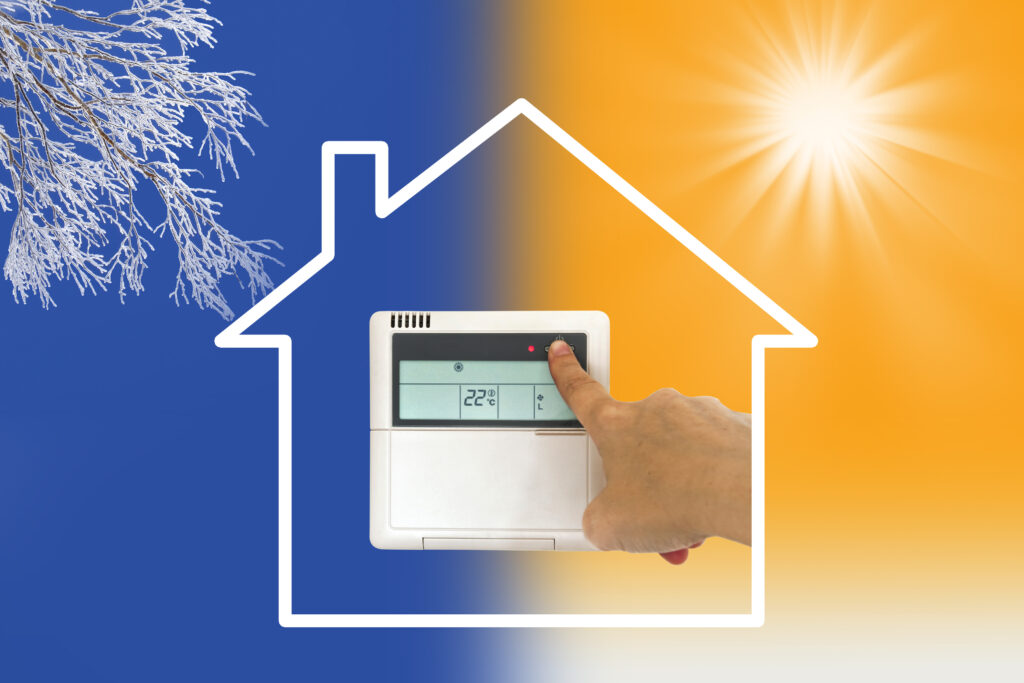
As the winter season blankets the world in frosty temperatures, the urge to stay warm often leads to increased electrical consumption. However, with a mindful approach to energy efficiency, you can keep both your home and your wallet cozy. Here are some practical tips for reducing electrical consumption during the chilly winter months.
1. Optimize Heating Systems:
Heating your home efficiently is crucial during winter. Ensure your heating system is well-maintained by cleaning or replacing filters regularly. Consider upgrading to a programmable thermostat that allows you to adjust temperatures based on your schedule. Lowering the thermostat a few degrees when you’re away or asleep can save significant energy.
2. Seal Drafts and Insulate:
Drafts around windows and doors can be major contributors to heat loss. Seal gaps with weather stripping or caulk to prevent cold air from entering and warm air from escaping. Additionally, invest in proper insulation for your home. Attic insulation can make a significant difference in retaining heat.
3. Utilize Natural Sunlight:
Take advantage of natural sunlight to warm your home during the day. Open curtains and blinds when the sun is shining to allow sunlight in. Close them at night to add an extra layer of insulation against the cold. This simple strategy can help reduce the need for artificial lighting and heating.
4. Upgrade to Energy-Efficient Appliances:
Older appliances tend to be less energy efficient. Consider upgrading to appliances with an Energy Star rating, especially for items like space heaters, water heaters, and electric blankets. These modern appliances are designed to operate more efficiently, ultimately reducing energy consumption.
5. Use Energy-Efficient Lighting:
Switching to energy-efficient LED or CFL bulbs saves energy and produces less heat. Traditional incandescent bulbs waste a significant amount of energy as heat, which can contribute to increased heating costs. Make the switch to more efficient lighting options to keep your home well-lit without the extra heat.
6. Unplug Unused Devices:
Many electronic devices continue to draw power even when turned off, contributing to what is known as “phantom” or “vampire” energy consumption. Unplug chargers, electronics, and other devices when not in use to prevent unnecessary energy drain. Alternatively, use smart power strips to easily disconnect multiple devices at once.
7. Cook Efficiently:
Winter is the perfect season for warm and hearty meals. When cooking, use energy-efficient appliances like slow cookers or pressure cookers that require less electricity than traditional ovens. Optimize cooking times and temperatures to minimize energy use while still enjoying delicious winter dishes.
8. Regular Maintenance of HVAC Systems:
Schedule regular maintenance for your heating, ventilation, and air conditioning (HVAC) systems. Clean vents and ensure that the system is running efficiently. Dirty filters and clogged ducts can force the system to work harder, consuming more energy in the process.
9. Layer Up Indoors:
Instead of cranking up the thermostat, consider layering up with warm clothing indoors. Cozy sweaters, blankets, and thermal socks can help you stay warm without relying solely on electric heating. Embracing warmer clothing allows you to maintain a comfortable temperature while minimizing energy consumption.
10. Set Energy-Saving Habits:
Encourage energy-saving habits among household members. Remind everyone to turn off lights, unplug devices, and be mindful of energy usage. Small consistent efforts can significantly reduce energy usage without causing a spike in your electricity bills. By implementing these energy efficiency tips, you can keep your home warm and comfortable while minimizing your environmental footprint and saving on energy costs. Chill out with confidence, knowing that your winter energy consumption is both conscious and efficient.